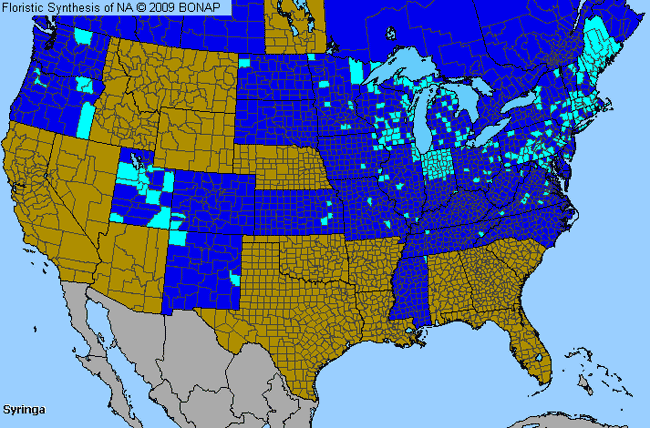Lilac (Syringa)

Lilac Genus Details

These deciduous trees and shrubs are members of the olive plant family. Mature plants vary from 6' to 30' in height. Over two dozen lilac species have been introduced successfully to North America. Lilacs flower during May to late June, although most species are in full bloom by the third week in June. Flower colors range from light and dark purple to cream to white.
Lilac Allergy Info

This genus is considered allergenically insignificant since pollen is rarely airborne. It has been reported to rarely cause pollinosis in Iowa and Connecticut. The fragrance produced from lilac plants could cause irritation for those with odor sensitivity.
Lilac Pollen Description

Pollen grains are prolate, suboblate to spheroidal and 3-colpate. The surface is reticulate and the exine is thick.
Pollen grains vary in size from 22-28 micrometers.
Species in This Genus

Allergenicity Legend:
 Mild Allergen |
Mild Allergen |
 Moderate Allergen |
Moderate Allergen |
 Severe Allergen |
Severe Allergen |
 Allergy Test Available
Allergy Test Available
Lilac (Syringa) is a genus of the OLEACEAE family.
This genus includes the following allergenic species:
This genus includes the following allergenic species:















